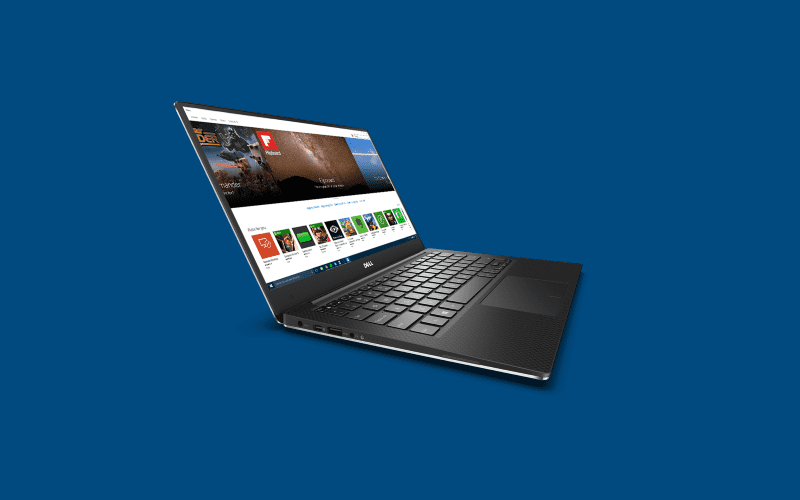
With Microsoft’s last insider build – the firm debuted an option that allows users to configure their machines so that they can’t install and use non-Windows Store apps – not even by accident.
With this option enabled, the installation of non-store apps like Microsoft Office 2016, Google Chrome, iTunes (I use Apple Music too), and Spotify becomes restricted. Rather, the user is now guided to rely on Microsoft’s own inbox apps Internet and media, as well as supplement those apps with apps from the Store.
For a week, I’ll be using Windows 10 Store apps only on my Surface to test the feasibility of this option. Much like with Windows RT, the lack of traditional Windows software will no doubt hurt users who already have a workflow in mind. On the other hand, I am intrigued to see just how far one can get using just the modern Windows 10 era Store. I have unpinned Chrome, iTunes and Spotify as well as the traditional Office apps from my taskbar and have switched to the Microsoft Store equivalents.
( Note: I’m making one exception – however, we at MSPU typically use Slack to communicate – and while Slack is available on Windows 10 via the Store I have been experiencing a bug that appears to prevent me from installing Centennial apps from the Store. )
My workflow for MSPU – typically involves email, communicating strategy via Slack, writing articles online in the CMS and via the Grammarly Chrome extension as well as doing quick crops and resizes to photos with Microsoft Paint(the real one), and looking up PDFs and documents. Aside from that, as someone in Law School, I’m typically reading a few cases and journal articles weekly and rely on OneNote to act as a digital repository of sorts.
It’ll be interesting to see how this experiment plays out over a week, and see if the Windows 10 Store can really be used as a viable replacement for “real” software for at least for some people.







